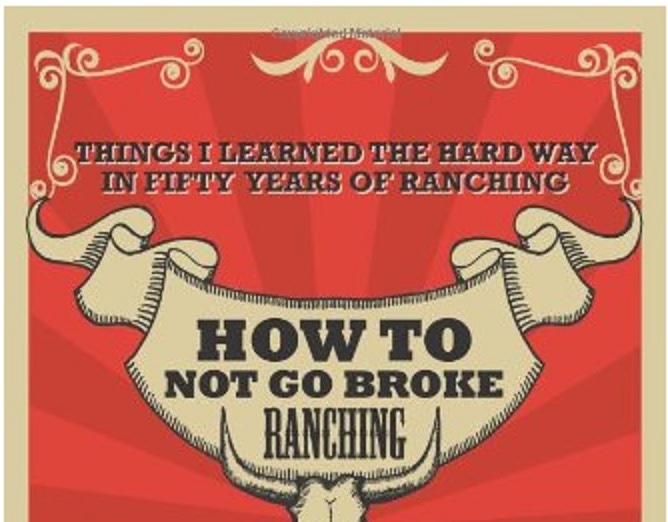
Editor’s note: This is an excerpt from Walt Davis’s book, How to Not Go Broke Ranching.
Hundreds of thousands of acres of brush land are sprayed, mowed, root plowed, grubbed, bulldozed, burned, plowed or poisoned every year and the brush and weeds get worse every year. Huge areas that were healthy grassland 50 years ago are now brush thickets and weed patches.
Like most ranchers, I have been to dozens of university extension and chemical company meetings where the theme was how to kill weeds and brush but I have never heard these people give a satisfactory explanation as to why the weeds and brush are expanding their range.
Weeds and brush gain a stranglehold on pasture because our management gives them the advantage over the forages we are trying to grow.
It really is that simple.
One of the buzz words in range management today is invasive. In a recent issue of Rangelands the entire issue is devoted to articles about invasive species. Reams of paper have been used both in the popular press and in scientific journals detailing the damage done by invasive pest plants, everything from natives like mesquite and eastern red cedar to introduced plants such as leafy spurge and diffuse knapweed. Time, effort and money are spent in large amounts on efforts to control these invasive species but long-term success is rare.
It is undeniable that we have lots of pest plants in our pastures or that they are becoming more common or that they reduce production and profitability. I do quarrel, however, with the concept of a plant being invasive.
There is no such thing as an invasive plant; there are only plants that are adapted to a certain set of environmental conditions. If a species of plant that you don’t want is increasing in your pasture, it is not because that plant has some special characteristics that give it invasive powers. It is because the conditions in that pasture favor the pest plant over the more desirable plants.
I can almost hear the screams of outrage and this has not even been published. I realize that the black magic hoodoo weed was introduced from the back side of Lower Slobovia and has none of its natural predators to hold it in check and I know that the pink and purple cow eater is toxic and nothing will eat it, but this does not change the fact that these plants are able to increase in our pastures only because our pastures are not healthy.
We have plenty of native plants that have their full complement of natural pests and are still increasing fast enough to be termed invasive. Why, after being part of the local environment for eons, have these plants suddenly turned invasive? It is not some change in the plant. It is due to changes in the local grassland environment.
These invasive plants lose their invasive ability when confronted with healthy grassland. We don’t like to admit it but we create, by our management, most of our own problems, whether they are weed and brush encroachment, lack of profitability or everything in between.
Also, weeds are not caused by a 2,4- D deficiency.
About the Author(s)
You May Also Like




